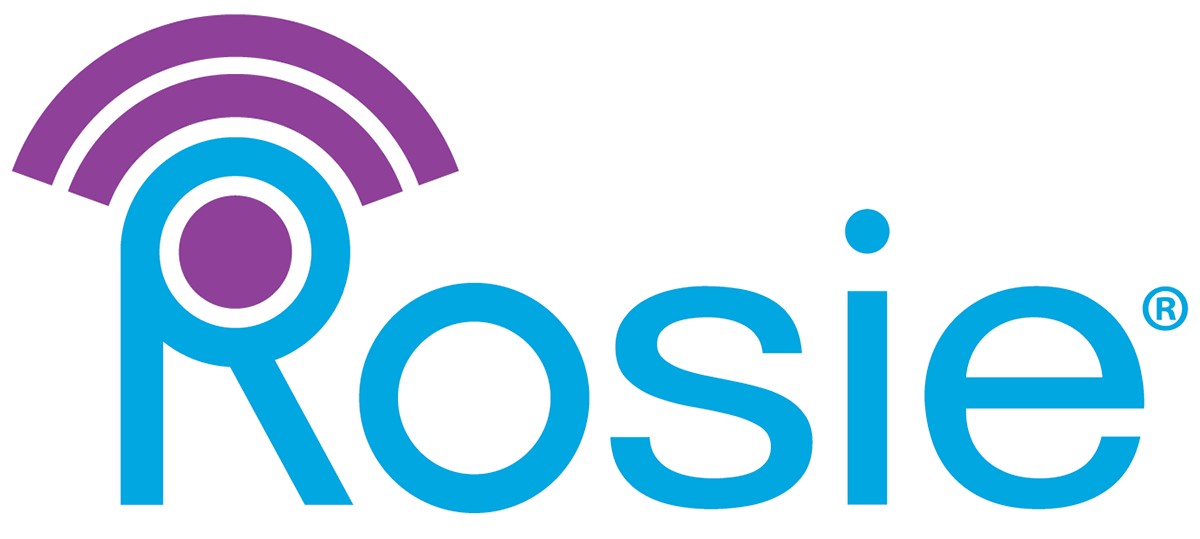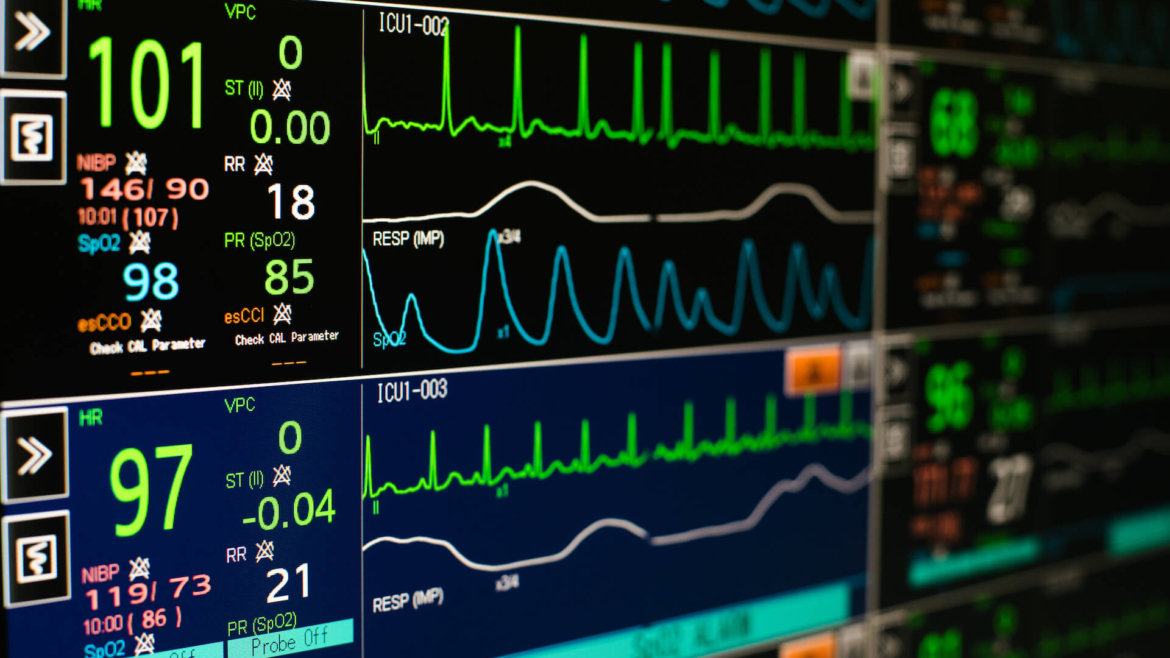The Future of Connected Vital Signs in Healthcare: Predictions and Trends
As an indicator of a patient’s health status, vital signs monitoring is at core of the diagnosis and treatment workflow. This means that with advancements in connected devices and remote patient monitoring, the future of vital signs monitoring is set to revolutionize the entire healthcare industry.
So, join us as we explore what it all holds for healthcare providers, manufacturers, and patients. This guide provides insights into the predicted growth and market size of vital signs monitoring devices, emerging trends in vital signs monitoring technology and innovation, plus the impact of COVID-19 on the demand for vital signs monitoring.
The Current Landscape of Vital Signs Monitoring
Vital signs – such as heart rate, blood pressure, temperature, and respiratory rate – are indicators of an individual’s physiological state. This is what gives clinicians information on a patient’s health status, allowing them to diagnose and treat medical conditions accordingly.
Currently, the approaches used for monitoring vital signs fall into three main groups:
- Manual vital signs monitoring.
- Continuous vital signs monitoring.
- Spot-checking.
Manual methods, to begin with, are cumbersome, time-consuming, and highly demanding. Only trained personnel have the necessary skills to conduct them. Take, for instance, the highly technical process of using a sphygmomanometer to check pulse and blood pressure.
Continuous monitoring, on the other hand, utilizes specialized equipment to measure vital signs non-stop. The data here is real-time, and it’s particularly helpful in detecting any changes in a patient’s condition.
Then with spot checking, you get to measure vital signs at specific intervals, This is what you’ll find as the standard go-to option in most hospital settings.
That said, all these methods are still marred by multiple limitations and challenges. Manual methods are prone to human error, continuous monitoring can be invasive and expensive, while spot-checking tends to provide intermittent data that could potentially be inconclusive.
It’s such limitations that prompted the need for innovations in vital signs monitoring technology, The future of vital sign monitoring will now involve more accessible, cost-effective, and accurate methods, which can even be deployed outside of clinical settings.
We can, for instance, expect to see a spike in the adoption of remote patient monitoring devices. As such, more and more patients will be transmitting real-time data to healthcare providers, subsequently improving their medical outcomes and minimizing healthcare costs.
Cost Effectiveness and Accessibility of Vital Signs Monitoring Devices
Affordability is an important factor in evaluating the practicality of vital signs monitoring devices – especially since today’s healthcare system is already struggling with ballooning costs.
In the past, these devices were costly and inaccessible. They were often perceived to be a luxury instead a necessity. But, thanks to recent advancements in technology, we’ve now made huge strides toward reversing the situation.
The emergence of mobile and wearable devices has transformed the way patients monitor their vital signs. They get to use a convenient alternative to costly hospital visits.
Medical professionals have also benefited from the real-time data transmitted from devices. Their diagnosis is now more accurate and timely.
However, despite the advantages, there are a few challenges to overcome. The most significant one is the lack of insurance coverage for vital signs monitoring devices,
This has made it difficult for some patients to purchase them out-of-pocket.
Other than that, patients in rural areas have been struggling with poor internet and cellular infrastructure. As such, their devices may not be able to maintain real-time transmissions.
Nevertheless, manufacturers and distributors of vital signs monitoring devices are collaborating to address the problems. They’ve made them more affordable and easily accessible.
With technology improving, it’s expected people will be able to take a more active role in their own healthcare, regardless of income level or geographical position.
Patient Experience with Vital Signs Monitoring
Patients are more likely to comply with their treatment regimen if they have a positive experience with their monitoring devices. And the opposite is true – that if the devices are uncomfortable, the adherence level drops.
So far, the most uncomfortable methods are the traditional ones, in which patients’ vital signs are measured manually. Continuous monitoring devices, on the other hand, tend to be invasive and disruptive. Spot-checking devices may not be as intrusive, but you also won’t get an accurate representation of your patient’s vital signs.
Wearable and connected devices are, however, emerging as a more patient-friendly alternative. Unlike other devices, they are non-invasive, light, and discreet.
Tech advancements have also automated the entire data collection and transmission process. That means patients’ diagnoses can proceed with minimal manual intervention.
The Future of Vital Sign Monitoring
The healthcare industry’s shift towards a patient-centered and technology-driven approach is paving the way for a promising future in vital sign monitoring. The primary focus is on the development of wearable and connected devices, as they facilitate continuous monitoring of vital signs without manual intervention.
Patients and healthcare practitioners themselves are progressively warming up to smartwatches, fitness trackers, and wireless ECG monitors. It’s these small, discrete, portable, and user-friendly devices that they’ll increasingly use for tracking heart rate, blood pressure, and oxygen saturation.
Apart from wearable devices, the use of artificial intelligence (AI) and machine learning (ML) in vital signs monitoring is expected to grow. These technologies can assist healthcare providers in analyzing large volumes of data quickly and accurately.
Another trend that is emerging is the integration of vital signs monitoring into telehealth and remote patient monitoring. Telehealth has become exceedingly popular due to its convenience and accessibility, especially during the COVID-19 pandemic. By integrating vital signs monitoring into telehealth platforms, healthcare providers can monitor patients remotely and make informed decisions about their care.
Vital Signs Predictions and Trends
The demand for remote patient monitoring is increasing, and as a result, the market for vital signs monitoring devices is expected to grow significantly in the coming years.
According to a report by Market Research Future, the global vital signs monitoring market is projected to reach USD 6.5 billion by 2023. That translates to a CAGR of 6.5% during the forecast period of 2018 to 2023.
The report identifies the rising prevalence of chronic diseases, the growing geriatric population, and technological advancements as the key drivers of market growth.
Emerging trends in vital signs monitoring technology and innovation include:
- Development of wearable and wireless devices.
- The use of machine learning and artificial intelligence algorithms in detecting patterns and generating real-time alerts
- The use of non-invasive methods for monitoring vital signs.
For instance, photoplethysmography (PPG) sensors are now being used to measure heart rate and blood pressure.
The COVID-19 pandemic has also had a significant impact on the demand for vital signs monitoring devices. Through social distancing, it underscored the importance of virtual care, thereby setting the pace for remote patient monitoring. Healthcare providers have since been looking to keep tabs on their patients through wearable and connected devices.
Nurse Rosie’s Role in the Future of Vital Signs Monitoring
At the forefront of the future of vital signs monitoring is Nurse Rosie, which offers remote patient monitoring technology solutions. The company aims to improve patient outcomes and reduce healthcare costs by providing real-time data on vital signs and other health metrics.
Nurse Rosie’s EMR-connected products use advanced sensors to capture vital signs data – including blood pressure, heart rate, oxygen saturation, and temperature. The measurements are then transmitted automatically to healthcare providers in real-time. This allows practitioners to remotely monitor their patient’s health status and intervene if necessary.
Nurse Rosie has designed all these vital signs monitoring devices with the patient experience in mind. They are comfortable to wear and do not require any special training to use.
Healthcare providers across the globe have consequently embraced the innovative solutions, to the point of even nominating Nurse Rosie for various technological accolades.
We’re now renowned leaders in the field of remote patient monitoring.
Conclusion: The Future of Connected Vital Signs in Healthcare
In summary, the predicted growth and market size of vital signs monitoring devices are pretty significant, thanks to the ever-increasing demand for remote patient monitoring and telehealth services.
This is what is driving the current emerging trends in vital signs monitoring technology – which include wearable and connected devices, artificial intelligence and machine learning, plus integration of vital signs monitoring into telehealth platforms.
The future is here. And if you’d want to experience it, you can go ahead and check out the next-level features in Nurse Rosie’s cost-effective remote patient monitoring technology solutions.
Utilizing these devices can help healthcare providers improve patient engagement and adherence to treatment, decrease hospital readmissions, and offer better care.
At the same time, patients are empowered to take a more active role in their healthcare while staying connected to caregivers.

